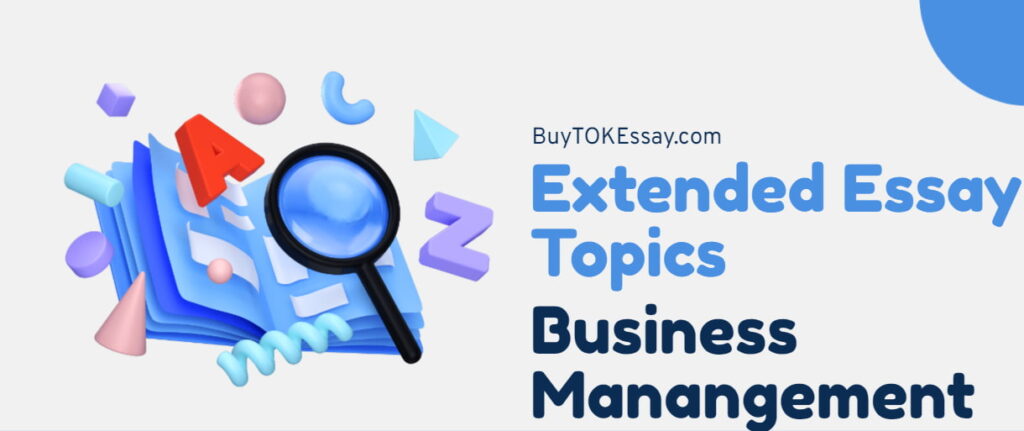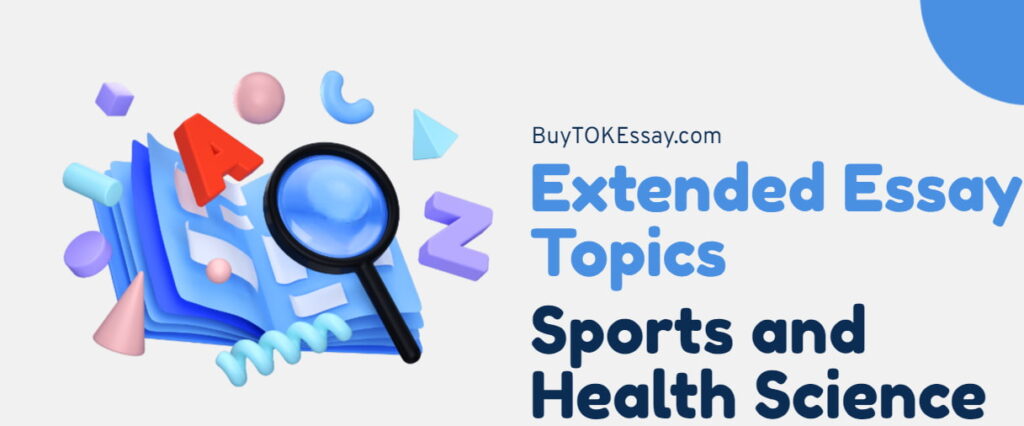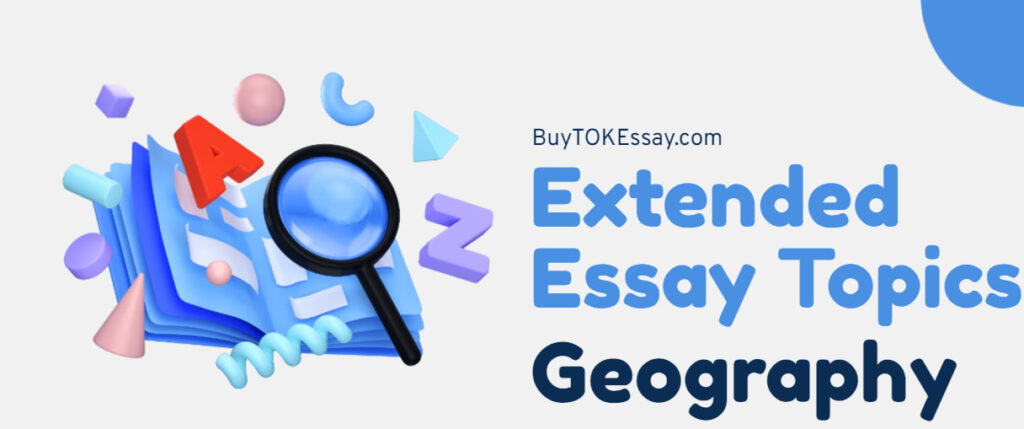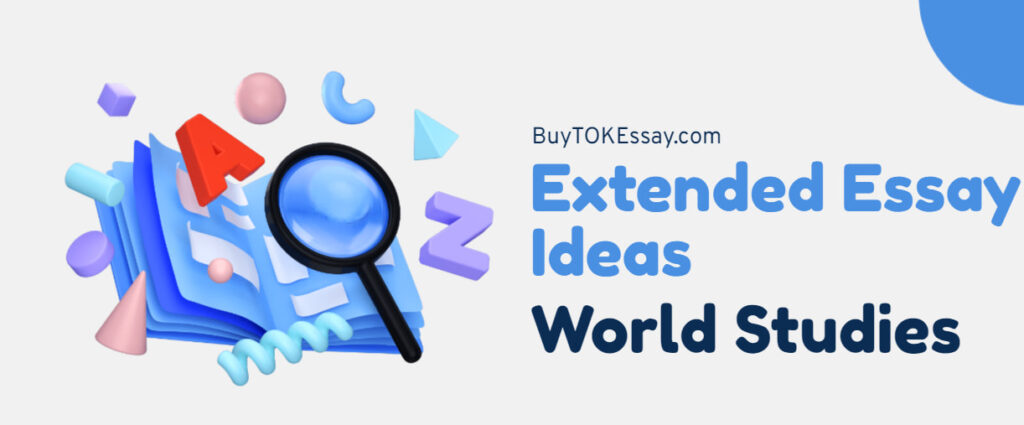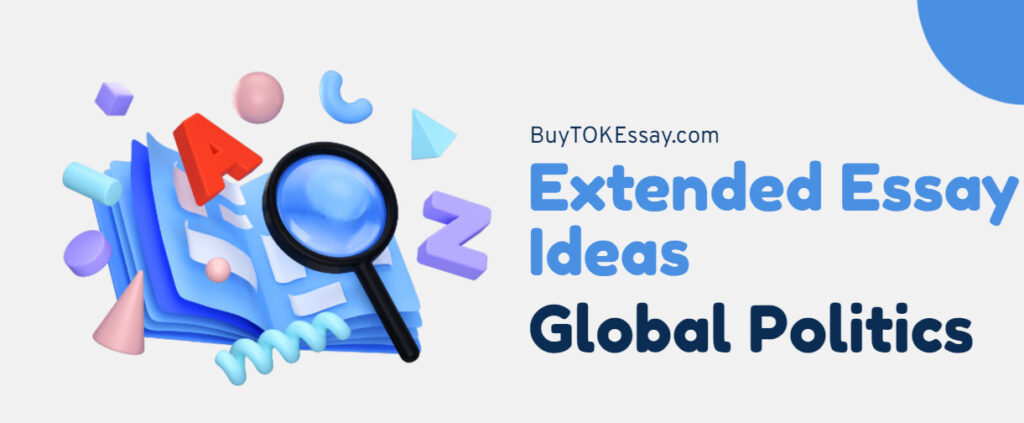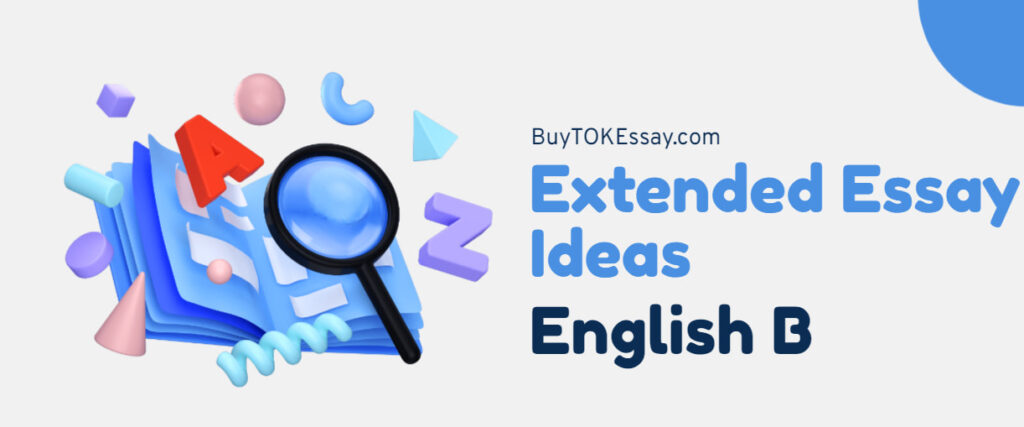After many years of writing IB essays, I have found that working on an English A extended essay is more than just difficult — it’s a chance to express a passion for literature. I will provide tips and suggestions for choosing the most interesting English A extended essay topics, drawing on my knowledge of IB criteria to assist you.
What Is English A in the IB Diploma Programme?
The IB DP English A is an advanced literature course that emphasizes critical thinking, analysis, and the research of literature from various cultures and periods. This subject encourages students to actively interact with various texts, promoting an understanding of the art of literature and how it influences people and communities. This course falls under the Group 1 category, centered around language and literature studies.
As I know from my years of engagement with the IB, English A is offered at Higher Level (HL) and Standard Level (SL) for students with varying degrees of interest and expertise in literature. The course demands an understanding of texts and an appreciation for the nuances of literary expression and the contexts from which they emerge. From my experience, this study in depth cultivates academic skills, empathy, and a broader worldview.
According to general IB criteria, the English A curriculum covers a broad spectrum of literature, including works in translation, which I find especially valuable. This element guarantees that students encounter diverse viewpoints and perspectives outside their usual surroundings, fostering a vital global literacy in today’s interconnected society.
From my experience, the detailed study of texts enables students to develop a keen analytical eye. When analyzing a poem or evaluating a novel, the focus on careful examination and understanding helps students develop essential skills beyond the classroom, improving their capacity for critical thinking and ability to express their ideas clearly.
Understanding the English A Extended Essay
In my extensive experience as an IB writer, the cornerstone of crafting a successful English A extended essay rests in carefully selecting a topic. Choosing one that aligns with the IB’s stringent requirements and ignites your passion for literature is essential. To assist you with this first step, here is a list of factors to consider that could aid in choosing your topic:
- Consider authors’ works from specific literary periods or movements that intrigue you, such as Romanticism, Modernism, or Post-Modernism. Each era offers unique perspectives and themes.
- Research specific genres such as tragedy, comedy, novel, or poetry to highlight the conventions and innovations that define and drive literary creativity.
- Examine how texts reflect, resist, or are affected by their cultural and historical contexts to gain a powerful perspective for analyzing literature.
- Identify and analyze central themes or motifs within literature (such as identity, exile, love, death, or the quest for meaning) to achieve profound insights and connections across texts and contexts.
Remember that the English A extended essay is a remarkable opportunity to deepen your understanding of literature and its myriad expressions across time and space.
Are you struggling to find the perfect topic? Our article on Language A: Language and Literature IA ideas offers plenty of inspiration.

English A Extended Essay Topics and Research Questions
Drawing from my extensive experience as an IB writer and tutor, I can give you some topic ideas and specific research questions to inspire your English A extended essay:
- The Role of the Byronic Hero in Victorian Literature. How does the depiction of the Byronic hero in Charlotte Brontë’s “Jane Eyre” and Emily Brontë’s “Wuthering Heights” reflect the societal attitudes of Victorian England?
- The Evolution of Feminist Themes in 20th-Century Literature. To what extent have the feminist themes in Virginia Woolf’s “A Room of One’s Own” influenced contemporary feminist literature?
- The Intersection of Culture and Identity in Post-Colonial Literature. How do Chimamanda Ngozi Adichie’s “Americanah” and Jhumpa Lahiri’s “The Namesake” portray the impact of cultural displacement on identity?
- Dystopian Societies: A Reflection of Contemporary Social Anxieties. In what ways do George Orwell’s “1984” and Aldous Huxley’s “Brave New World” mirror the social anxieties of their respective times?
- The Psychological Depth of Gothic Literature. How do the Gothic elements in Mary Shelley’s “Frankenstein” and Edgar Allan Poe’s “The Tell-Tale Heart” show psychological fears and anxieties?
- Magic Realism as a Vehicle for Social Commentary. How does Gabriel García Márquez use magic realism in “One Hundred Years of Solitude” to comment on Latin America’s political and social landscape?
- Tragedy and Morality in Shakespeare’s Plays. What role does the concept of tragedy play in shaping the moral messages of William Shakespeare’s “Hamlet” and “Macbeth”?
- The Narrative Techniques of Unreliable Narrators in Modern Literature. How do the unreliable narrators in F. Scott Fitzgerald’s “The Great Gatsby” and Gillian Flynn’s “Gone Girl” affect the reader’s perception of truth?
- The Symbolism of Nature in Romantic Poetry. To what extent does the symbolism of nature in William Wordsworth’s and Samuel Taylor Coleridge’s poetry reflect Romanticism’s view of the natural world?
- The Bildungsroman Genre through Different Cultures. How do the elements of the Bildungsroman genre manifest in “To Kill a Mockingbird” by Harper Lee and “A Portrait of the Artist as a Young Man” by James Joyce?
- War and Its Effects on Human Relationships in Literature. How is the impact of war on human relationships depicted in Erich Maria Remarque’s “All Quiet on the Western Front” and Hemingway’s “A Farewell to Arms”?
- The Use of Satire to Critique Society in 18th-Century Literature. In what ways do Jonathan Swift’s “Gulliver’s Travels” and Voltaire’s “Candide” employ satire to critique the society and politics of their time?
- The Theme of Isolation in Modernist Literature. How do the themes of isolation and alienation manifest in T.S. Eliot’s “The Love Song of J. Alfred Prufrock” and Franz Kafka’s “The Metamorphosis”?
- The Concept of the American Dream in Literature. How is the concept of the American Dream critiqued in Arthur Miller’s “Death of a Salesman” and John Steinbeck’s “Of Mice and Men”?
- Mythology and Its Influence on Contemporary Fantasy Literature. To what extent have ancient myths influenced the world-building and thematic elements in J.R.R. Tolkien’s “The Lord of the Rings” and J.K. Rowling’s “Harry Potter” series?
- The Portrayal of Mental Health in Contemporary Young Adult Literature. How do John Green’s “The Fault in Our Stars” and Ned Vizzini’s “It’s Kind of a Funny Story” address the topic of mental health among teenagers?
- The Impact of the Digital Age on Narrative Structure in New Literature. How has the narrative structure in literature evolved with the advent of the digital age, as seen in Jennifer Egan’s “A Visit from the Goon Squad”?
- Cross-Cultural Perspectives on Love and Marriage in Literature. How do the cultural contexts influence the portrayal of love and marriage in Chimamanda Ngozi Adichie’s “Half of a Yellow Sun” and Leo Tolstoy’s “Anna Karenina”?
- Eco-Criticism and Nature in Post-2000 Fiction. How do contemporary authors like Barbara Kingsolver in “Flight Behavior” and Richard Powers in “The Overstory” incorporate eco-criticism to address environmental concerns?
- The Evolution of Heroic Archetypes in Epic Literature. How have heroic archetypes in epic literature evolved from Homer’s “The Odyssey” to George R.R. Martin’s “A Song of Ice and Fire” series?
- Identity and Diaspora in Post-Colonial Literature. How do Salman Rushdie’s “Midnight’s Children” and Zadie Smith’s “White Teeth” show themes of identity and diaspora in post-colonial societies?
- The Role of Food in Literature as a Symbol of Cultural Identity. What role does food play in establishing cultural identity and heritage in Laura Esquivel’s “Like Water for Chocolate” and Joanne Harris’s “Chocolat”?
- The Influence of Classical Literature on Modern Science Fiction and Fantasy. To what extent have classical myths and literature influenced the thematic and narrative structures of modern science fiction and fantasy genres?
- Gender Dynamics and Power in the Works of Shakespeare. How does William Shakespeare portray gender dynamics and power relationships in “Othello” and “The Taming of the Shrew”?
- Narrative Voice and Perspective in Autobiographical Fiction. How do the narrative voice and perspective in autobiographical fiction enhance the reader’s understanding of the author’s life, as seen in Jack Kerouac’s “On the Road” and Sylvia Plath’s “The Bell Jar”?
- The Representation of Artificial Intelligence in Literature. How is artificial intelligence represented in literature, and what does it suggest about human fears and aspirations, as seen in Isaac Asimov’s “I, Robot” and Philip K. Dick’s “Do Androids Dream of Electric Sheep?”?
- Researching the Literary Merit of Graphic Novels. What literary devices do graphic novels employ to convey complex narratives and themes, as seen in Alan Moore’s “Watchmen” and Marjane Satrapi’s “Persepolis”?
- The Impact of Trauma on Character Development in Modern Literature. How do traumatic experiences shape the characters’ identities and actions in Toni Morrison’s “Beloved” and Khaled Hosseini’s “The Kite Runner”?
- The Representation of Memory and History in Contemporary Fiction. How do authors like Kazuo Ishiguro in “The Remains of the Day” and Colson Whitehead in “The Underground Railroad” represent the themes of memory and history in their narratives?
- Cultural Hybridity in Diasporic Literature. How do authors such as Junot Díaz in “The Brief Wondrous Life of Oscar Wao” and Maxine Hong Kingston in “The Woman Warrior” depict the experiences of cultural hybridity and identity formation?
- The Role of Mythology in Shaping Societal Values in Modern Literature. How do contemporary writers like Neil Gaiman in “American Gods” and Madeline Miller in “Circe” reinterpret classical mythology to reflect modern societal values and beliefs?
- The Representation of Social Class and Mobility in 19th-Century Literature. How do authors such as Charles Dickens in “Great Expectations” and Edith Wharton in “The Age of Innocence” depict the impact of social class on individual aspirations and relationships?
- Existential Themes in Contemporary Literature. How do authors like Haruki Murakami in “Norwegian Wood” and Albert Camus in “The Stranger” examine existential questions of meaning, alienation, and absurdity in their works?
- The Portrayal of Queer Identity and Love in Modern Fiction. How do LGBTQ+ authors such as James Baldwin in “Giovanni’s Room” and Sarah Waters in “Tipping the Velvet” challenge traditional norms of gender and sexuality through their narratives?
- The Representation of Trauma and Healing in Indigenous Literature. How do Indigenous authors like Louise Erdrich in “The Round House” and Tommy Orange in “There There” address themes of intergenerational trauma and resilience within their communities?
- The Intersection of Technology and Humanity in Speculative Fiction. How do authors such as Margaret Atwood in “The Handmaid’s Tale” and Neal Stephenson in “Snow Crash” show the ethical and existential implications of technological advancements on society?
- The Depiction of Colonialism and Resistance in Caribbean Literature. How do Caribbean authors like Jamaica Kincaid in “A Small Place” and Derek Walcott in “Omeros” confront the legacies of colonialism and the struggles for cultural and political autonomy in their works?
- The Representation of Disability and Ableism in Contemporary Young Adult Literature. How do authors such as John Corey Whaley in “Where Things Come Back” and Nicola Yoon in “Everything, Everything” challenge stereotypes and depict the experiences of characters with disabilities?
- Environmental Ethics in Eco-Fiction. How do authors like Kim Stanley Robinson in “The Ministry for the Future” and Jeff VanderMeer in “Annihilation” address environmental crises and advocate for sustainable living through their speculative narratives?
- The Portrayal of Postmodern Identity in Graphic Novels. How do graphic novelists such as Art Spiegelman in “Maus” and Alison Bechdel in “Fun Home” utilize visual storytelling techniques to depict themes of identity, memory, and trauma in postmodern society?
- The Representation of Globalization and Cultural Exchange in Contemporary Fiction. How do authors like Mohsin Hamid in “The Reluctant Fundamentalist” and Arundhati Roy in “The Ministry of Utmost Happiness” depict the complexities of globalization and its impact on individual lives and communities?
- The Examination of Power and Corruption in Political Thrillers. How do writers such as Stieg Larsson in “The Girl with the Dragon Tattoo” and Don Winslow in “The Power of the Dog” depict themes of power dynamics, corruption, and justice within political contexts?
- The Role of Music in Shaping Narrative and Identity in Literature. How do authors such as Haruki Murakami in “Norwegian Wood” and Zadie Smith in “On Beauty” incorporate music as a motif to convey emotional depth and cultural resonance within their narratives?
- The Research of Memory and Trauma in Post-9/11 Literature. How do authors like Jonathan Safran Foer in “Extremely Loud and Incredibly Close” and Mohsin Hamid in “Exit West” address themes of trauma, displacement, and resilience in the aftermath of historical events?
- The Representation of Mental Illness and Stigma in Contemporary Fiction. How do authors such as Celeste Ng in “Everything I Never Told You” and Lionel Shriver in “We Need to Talk About Kevin” challenge societal perceptions of mental illness and its impact on individuals and families?
- Gender Roles and Expectations in Coming-of-Age Stories. How do writers like Judy Blume in “Are You There God? It’s Me, Margaret” and Benjamin Alire Sáenz in “Aristotle and Dante Discover the Secrets of the Universe” depict themes of gender identity, sexuality, and adolescence?
- Post-Industrial Urban Life in Contemporary Literature. How do authors such as Don DeLillo in “White Noise” and Jennifer Egan in “Manhattan Beach” capture the essence of post-industrial urban landscapes and depict themes of technological advancement?
- Intergenerational Trauma in Family Sagas. How do authors like Yaa Gyasi in “Homegoing” and Min Jin Lee in “Pachinko” trace the legacy of trauma across generations ?
- The Representation of Cultural Identity and Belonging in Immigrant Literature. How do writers such as Chimamanda Ngozi Adichie in “Americanah” and Yiyun Li in “The Vagrants” depict the challenges and complexities of cultural assimilation, displacement, and belonging?
- Power Dynamics and Resistance in Historical Fiction. How do authors like Hilary Mantel in “Wolf Hall” and Colson Whitehead in “The Nickel Boys” illuminate the ways in which individuals interact with systems of power, oppression, and resistance throughout history?
Each topic offers a different perspective for examining the literature and provides opportunities for in-depth step-by-step research, critical thinking, and individual reflection.

Need Help with Your IB Extended Essay?
Maximize your potential and boost your Extended Essay’s excellence with the help of our experts! Whether starting from scratch or fine-tuning your existing assignment to meet your supervisor’s demands, the BuyTOKEssay.com team is here to make your dream of a perfect paper a reality. Say goodbye to writer’s block and hello to success with just one click.
Conclusion
Use the English A extended essay as an opportunity for personal growth. Effective time management and actively seeking feedback can significantly improve the quality of your work. You can create an essay that meets IB criteria and shows your passion for literature through careful consideration, effective research, and passionate writing. Additionally, keep in mind that our team of experienced IB writers is always ready to help you with your extended essay. ✍️
